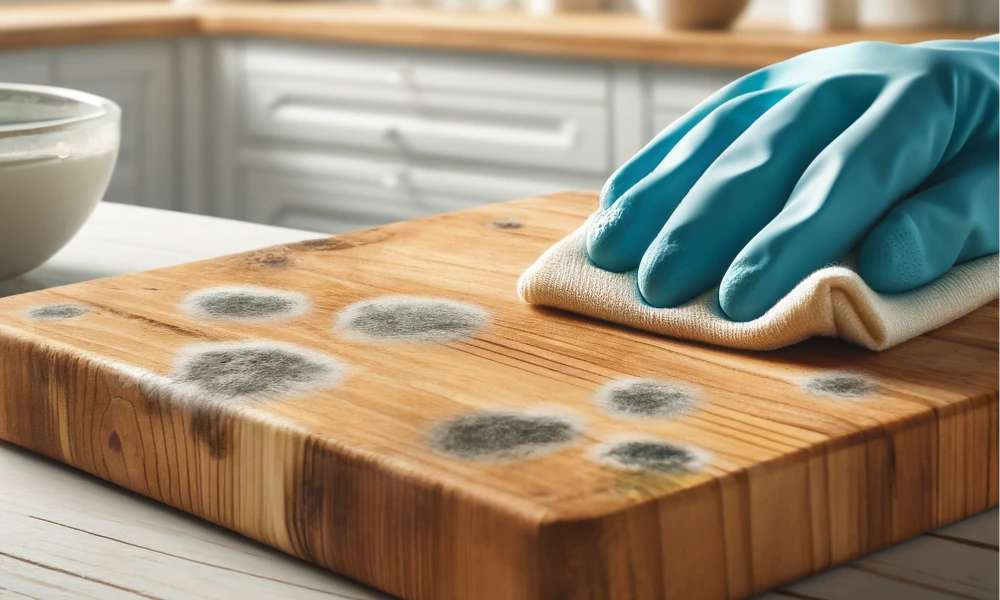Cleaning mold off your wooden cutting board is essential not only for maintaining its longevity but also for ensuring the safety and hygiene of your kitchen. In this guide on how to clean wooden cutting board mold, we’ll explore natural and effective methods that help you keep your kitchen tools in top condition. Mold can easily grow on wooden surfaces due to moisture, making it important to address this issue promptly. By following these simple steps, you’ll be able to eliminate mold safely and prevent it from returning, ensuring your cutting board remains a reliable tool for all your culinary needs. Keep reading to discover why cleaning your wooden cutting board mold is crucial and how you can easily do this at home.
How Often Should I Clean My Wooden Cutting Board?
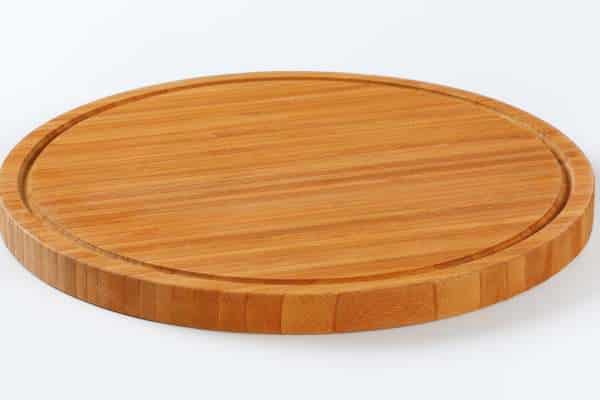
Cleaning your wooden cutting board regularly is essential for maintaining its hygiene and longevity. After each use, it’s important to wash the board with warm soapy water and a soft sponge. Avoid soaking it in water or putting it in the dishwasher, as excess moisture can cause the wood to warp or crack. After washing, rinse thoroughly and dry it immediately with a clean towel.
Can I Use Dish Soap To Clean Wooden Mold Off My Cutting Board?
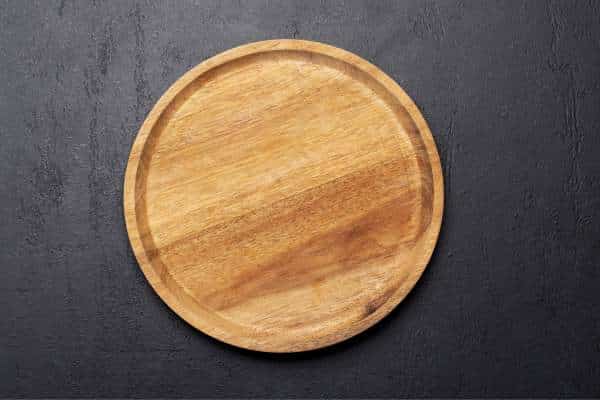
Yes, you can use dish soap to clean wooden mold off your cutting board, but it’s important to follow a few additional steps for effective removal and safety. Start by scrubbing the affected area with a mixture of warm water and dish soap using a non-abrasive sponge or cloth. This will help lift the mold from the surface of the board. After scrubbing, rinse thoroughly with hot water to ensure all soap residue is removed.
Poor Cleaning Practices
One of the main reasons mold forms on a wooden cutting board is due to poor cleaning practices. After each use, it’s crucial to thoroughly clean your cutting board to remove any food particles and moisture that can encourage mold growth. Simply wiping it off or giving it a quick rinse isn’t enough. Instead, wash it with warm water and mild soap, ensuring that every crevice is cleaned. Additionally, avoid soaking the board in water, as wood is porous and prolonged exposure to water can lead to warping and mold development over time.
Inadequate Storage Conditions
Inadequate storage conditions are another common cause of mold on wooden cutting boards. After cleaning, the board should be completely dried before storing it. Leaving a damp cutting board in a closed environment, such as a cabinet, creates the perfect conditions for mold to thrive. Instead, allow your wooden cutting board to air dry completely in an upright position to ensure that all moisture evaporates. Storing it in a well-ventilated area can also help prevent mold formation.
Inspect The Board For Damage
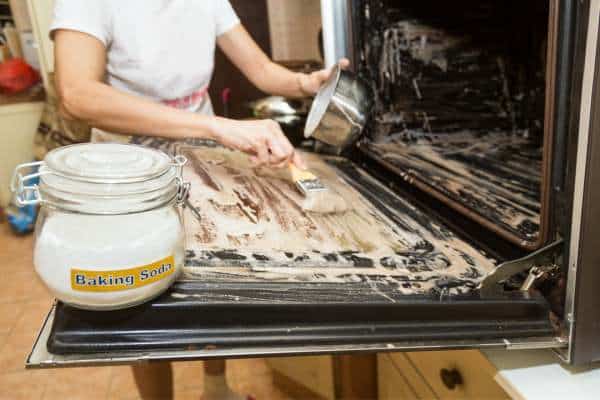
Regularly inspecting your wooden cutting board for any damage is essential to prevent mold. Cracks and deep cuts in the board can harbor moisture and bacteria, increasing the risk of mold growth. If you notice any significant damage, it may be time to sand down the surface or even replace the board. A well-maintained cutting board will not only last longer but also provide a safer and cleaner surface for food preparation.
Scrape Off Visible Mold
Before you begin deep cleaning, it’s essential to scrape off any visible mold from your wooden cutting board. Using a sturdy scraper or knife, carefully remove the moldy areas without gouging the wood. This step is important because it helps to reduce the amount of mold that can spread during the cleaning process. Scraping off the visible mold is the first line of defense in maintaining your wooden cutting board and preventing further contamination.
Use White Vinegar To Disinfect
White vinegar is a powerful and natural disinfectant that is highly effective in cleaning wooden cutting board mold. After scraping off the visible mold, pour undiluted white vinegar over the affected areas. Allow the vinegar to sit on the board for a few minutes, as this will help kill any remaining mold spores and bacteria. The acidity of the vinegar works to penetrate the wood and disinfect it thoroughly. Afterward, rinse the board with warm water and dry it completely to prevent future mold growth.
Apply Baking Soda Paste
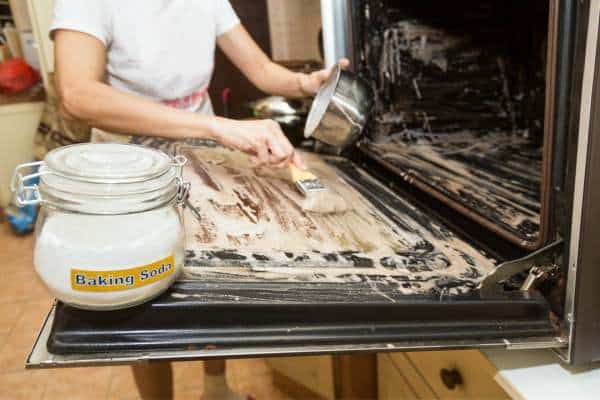
To further enhance the cleaning process, apply a baking soda paste to your wooden cutting board. Mix baking soda with a small amount of water to create a thick paste, then spread it over the areas where mold was present. The baking soda acts as a mild abrasive, helping to lift any remaining mold and stains from the wood. Let the paste sit for a few minutes before scrubbing the board gently with a brush. Rinse the board with warm water and ensure it is fully dry before storing it. This final step not only cleans but also helps deodorize your wooden cutting board, leaving it fresh and mold-free.
Air Dry The Board Upright
Air drying your wooden cutting board upright is a game-changer in maintaining its integrity and longevity. Traditional methods often involve laying the board flat, which can trap moisture in the grooves and lead to warping or bacterial growth. By positioning it vertically, you not only promote more efficient air circulation but also prevent any potential pooling of water that could compromise the wood’s structure.
Foul Odors Even After Cleaning
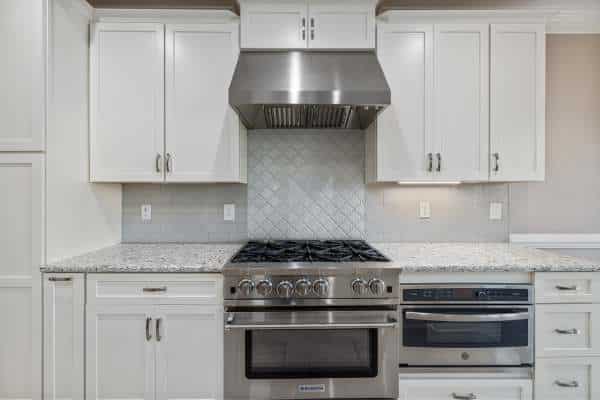
Even after cleaning a wooden cutting board to remove mold, you may notice lingering foul odors. These odors can be a sign that the mold has deeply penetrated the wood fibers or that some moisture remains trapped within the board. To address this, sprinkle baking soda on the board and rub it in gently with a damp cloth. Let it sit for a few hours, then rinse and air dry the board upright. This process helps to neutralize odors and ensures that your cutting board is fresh and ready for use.
Deep Cracks And Warping
Wooden cutting boards can develop deep cracks and warping, which can become breeding grounds for mold. These imperfections trap moisture, making it difficult to clean the board thoroughly and effectively. If your cutting board has deep cracks or noticeable warping, it might be time to consider replacing it. However, if replacement isn’t an option, you can try sanding down the surface to remove the cracks and then treat the board with mineral oil to restore its condition. Regular maintenance, including proper drying and oiling, can help prevent mold growth and prolong the life of your wooden cutting board.b
The Final Thought
Maintaining a clean wooden cutting board mold is essential not only for the longevity of the board but also for ensuring food safety in your kitchen. By promptly addressing any mold issues with effective cleaning methods—such as using vinegar, baking soda, or specialized wood oils—you can restore your cutting board to its pristine condition. Regularly oiling your board and practicing proper storage techniques will help prevent future mold growth and enhance its durability. Remember that prevention is key; keeping your cutting board dry and free from prolonged moisture will go a long way in preserving its quality.

